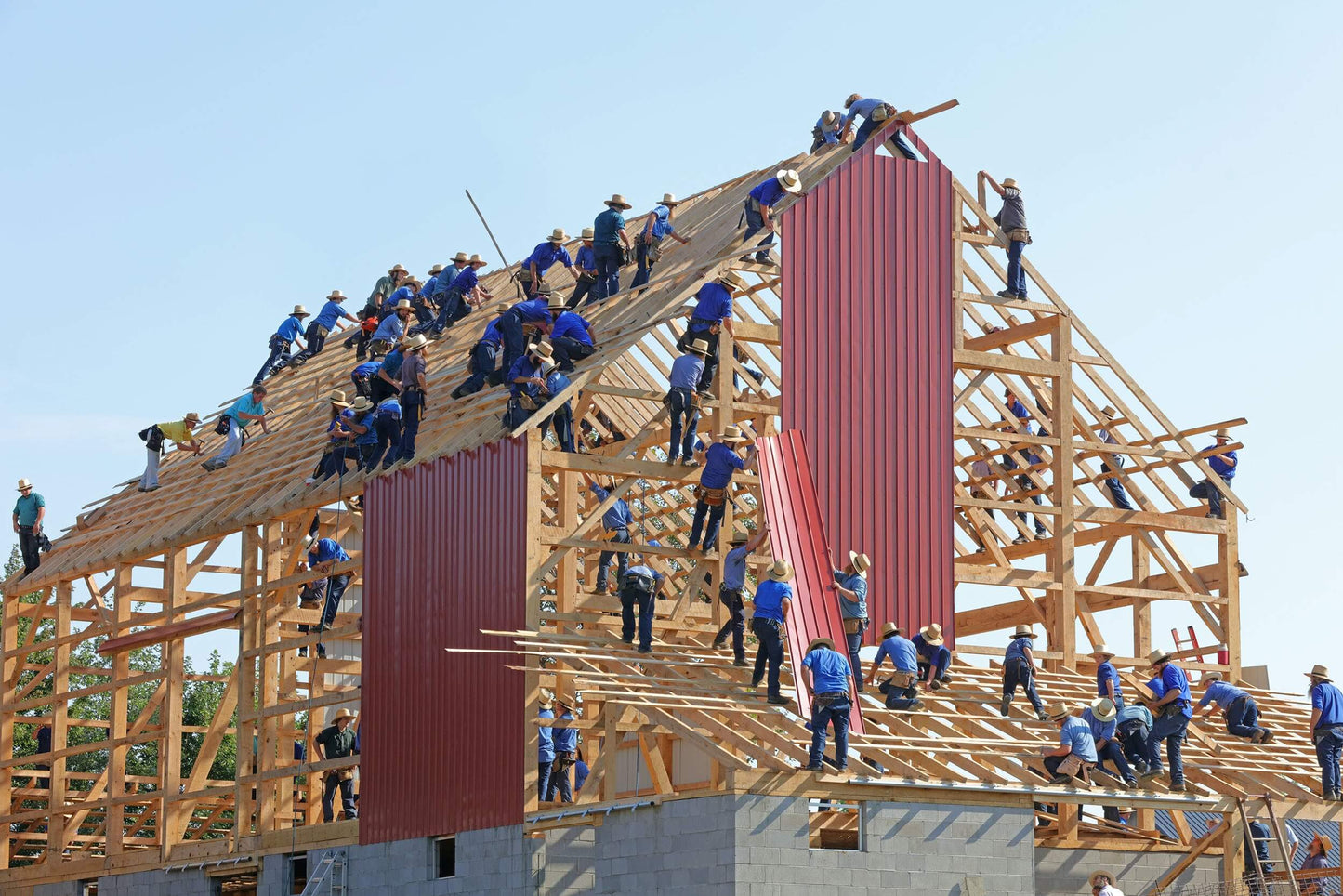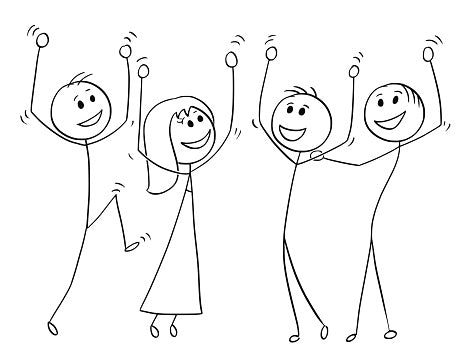

What happens when we don’t get collaboration and team dynamics right?
When we don’t get collaboration and team dynamics right, we waste time, talent and opportunity. Time gets spent on explanations that don’t get heard, on redoing and reworking, and on complaining and sitting stuck in frustration. Talent gets spent on cajoling, convincing and compromising; squandering valuable gifts and capacity. Opportunities for important learning, worthy innovation and vital progress are left on the sidelines.
When we don’t get collaboration and team dynamics right, we also sow the seeds for negative spiral. We begin to develop stories about the other person’s – or team’s – character, competence or caring. Then, that story becomes our lens for our next interaction. Through that lens, we find or mentally spin data to corroborate our stories; while ignoring data that would lead to alternative narratives. A few more interactions in, and our minds tell us that story is fact. Our future collaborative dealing with this group or person becomes limited by the ceiling and walls within which we now box our thinking, feeling and learning.
Left uninterrupted, collaboration and team dynamics challenges result in team and organizational cultures mired in drama, dysfunction and apathy. We damage our problem-solving, our bottom-line performance and our evolution. In turn, this creates struggles with attraction, retention and investment.
In short, when we don’t get collaboration and team dynamics right, a lot of other essential things go wrong.

So how do we get collaboration and team dynamics right?
To get collaboration and team dynamics right, we need to get people to understand and value its importance. Until they do, they will not be open to investing beyond completing the task at hand. Effective collaboration and team dynamics require investing in the task, the relationship and the learning.
To get collaboration and team dynamics right, we need to shift the lens through which people look. Too often our lens on good collaboration is directed at you doing what I want, when I want and how I want. Not a bad deal if you can get it 😉. Effective collaboration and team dynamics requires people seeing, understanding and addressing their part in both the problem and the solution.
To get collaboration and team dynamics right, we need to make what people fear will be hard, easier. Effective collaboration and team dynamics require simple tools, techniques and shared language that turn difficult conversations and situations into straightforward – even interesting – and compelling ones.
To get collaboration and team dynamics right, we need to give people experiences of success together as evidence to re-believe beyond their self-created stories. Effective collaboration and team dynamics require active creation, support and awareness of positive proof to propel the momentum forward to a self-fulfilling state.

And when we get collaboration and team dynamics right, what do we get?
We get to breathe. We get to enjoy the flow of work, learning and life. We get to savour productivity, partnership and positivity.
We get a restored benefit-of-the-doubt that ensures that good efforts are not taken the wrong way; that people are not afraid to disagree or to seek clarification; and that the curve-balls, interruptions and delays that are a reality of work and life are accommodated with grace or, at least, understanding.
Over time, things get faster, smoother and better. The heads-down-just-get-it-done-barrel-ahead approach can even sometimes be enough because trust, understanding and momentum are now on our side. On all of our sides.
In short, when we get collaboration and team dynamics right, a whole lot of other essential things go right.

CCC Transformational Team Dynamics is your Answer.
Co-Creative Collaboration Team Dynamics Training & Team Building will give you and your team new lenses, new language, new tools and a new way of being. Together. Our concepts are powerful. Our exercises are captivating. Our results are transformative.
We are ready and exited to work with you.
